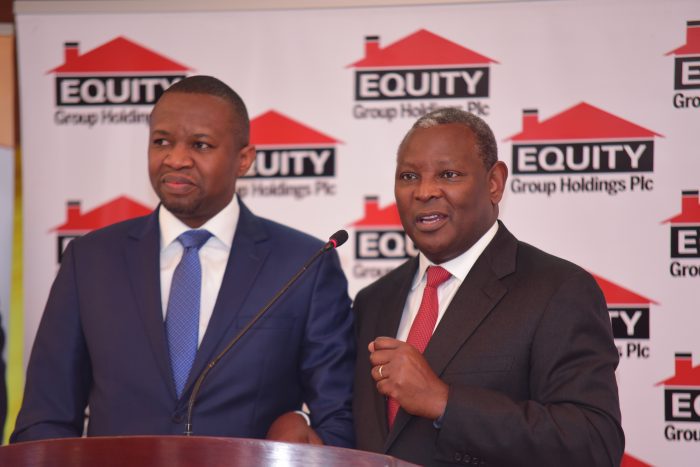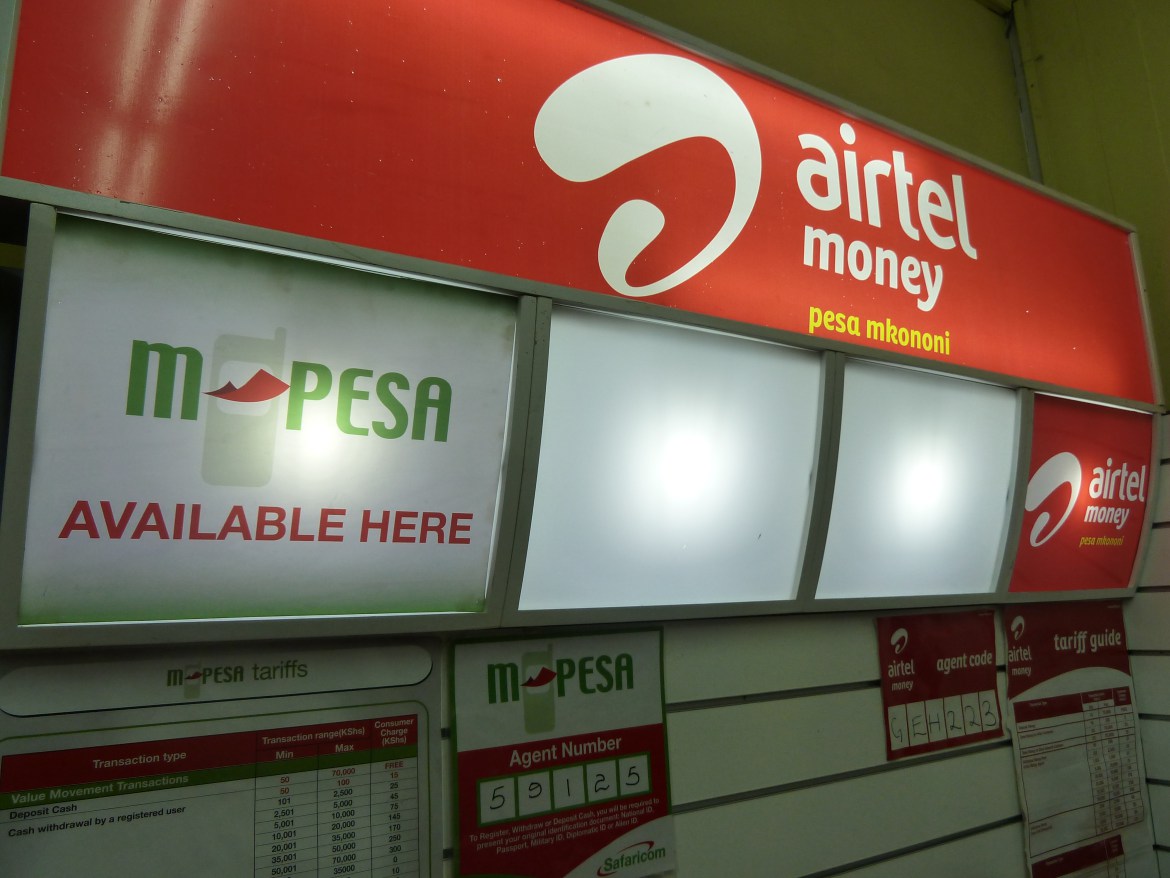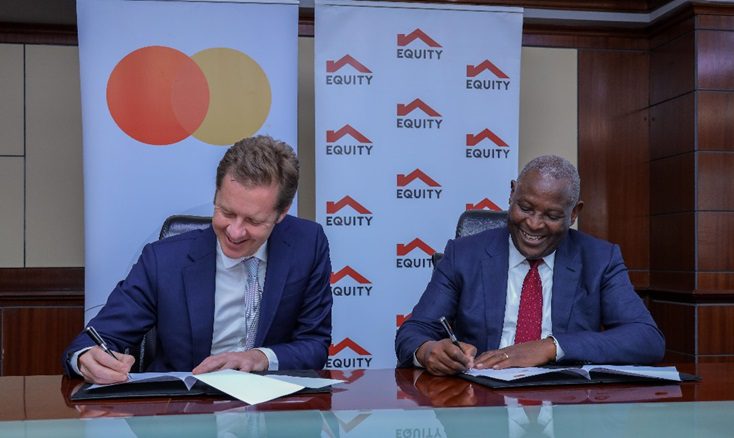
While the bank did not reveal whether it had finalized to digitize it corporate arm as promised more than six months ago, Equity Bank’s digital growth appears to spur notable growth resulting from the volume of cash transacted outside its branches. In particular, 79 percent of transactions leveraged the services of Eazzy smartphone app and Equitel on the SIM toolkit. Branch-based transactions declined to a mere 3 percent (although their value is still significant), while agents and ATMs transacted the rest.
After the rollout of Equity Bank’s 3.0 Strategy of digitization, third party channels have apparently reported impressive uptake in Eazzy Banking suite.
“In the year, the Group’s execution of the 3.0 Strategy of digitization through its digital suite of self-service tools known as Eazzy Banking continued to pay off. Third-party channels reported an exponential growth of customer activity, contributing over 97% of transaction volume,” reads a statement from the bank.
Since 2017, the bank has been closing some of its ATM points as most of its 13 million client base has transitioned to accessing banking service from their phones and agents. The move is also said to encourage mobile banking uptake.
According to Communications Authority’s (CA) Q4 sector statistics that were announced a couple of days ago, the bank’s Mobile Virtual Network Operator subsidiary Equitel has just under 2 million subscribers, making it Kenya’s fourth largest operator. However, while the CA did not report the bank’s agent network, it was revealed the number stands a 30,000 and has transacted KES 459.7 billion in terms of value. These numbers make it second to Safaricom’s M-PESA network.
The group registered an 8 percent jump in net profit to KES 15.8 billion in its third quarter that ended on September 30. Notably, the preceding third quarter recorded KES 14.6 billion in net profit.





























